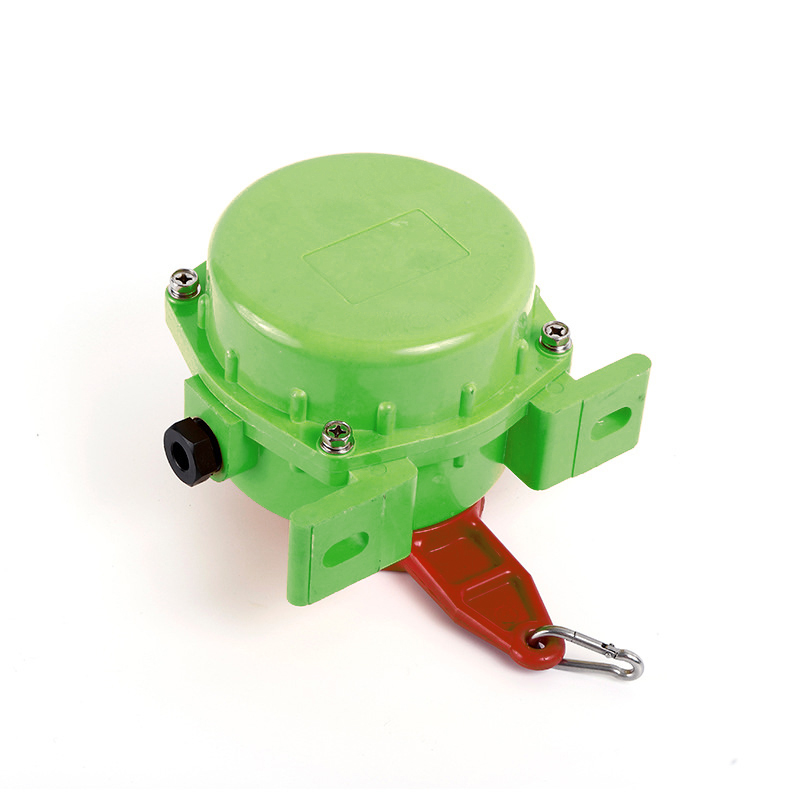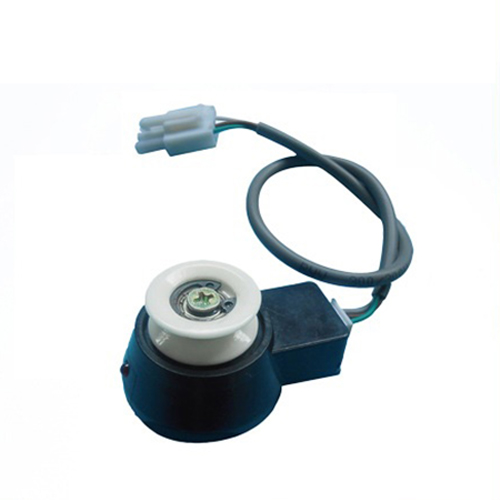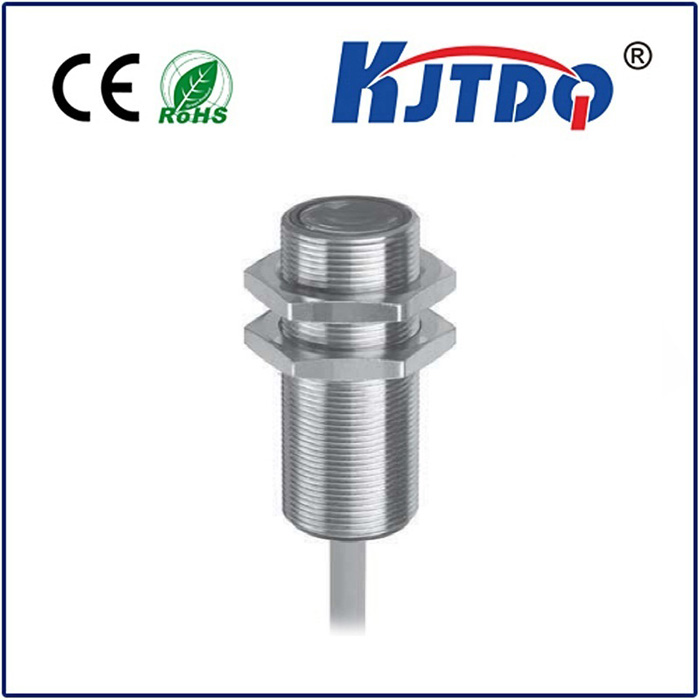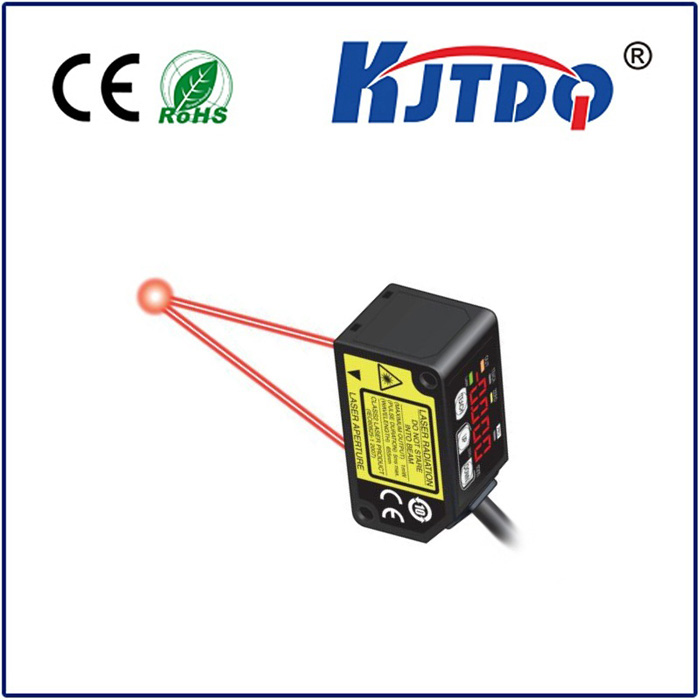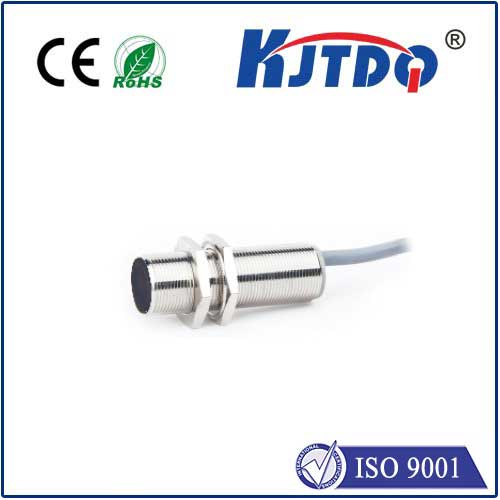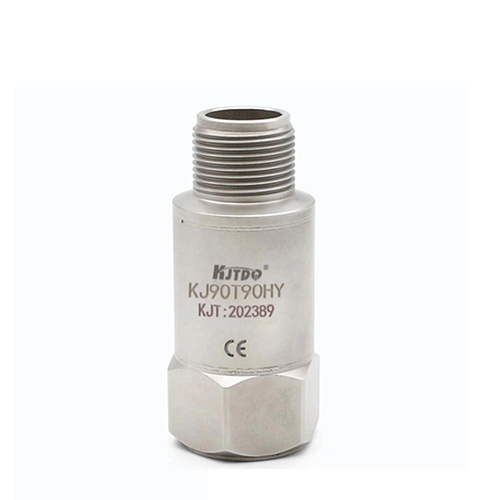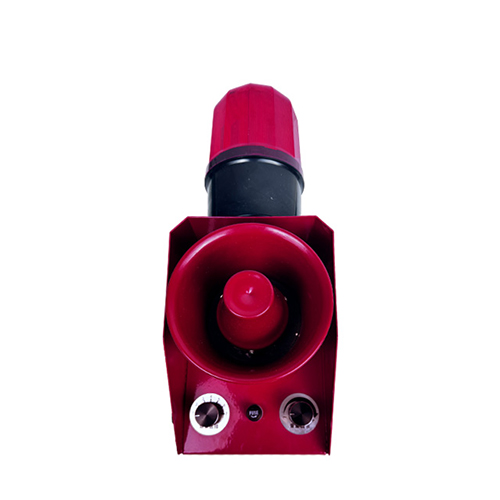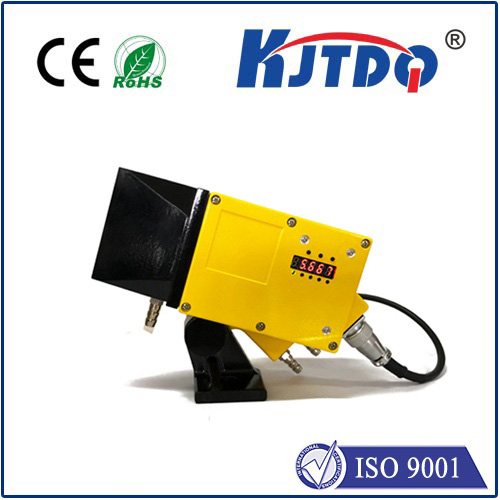metal body photoelectric sensor
- time:2025-09-10 19:29:36
- Click:0
Metal Body Photoelectric Sensors: The Durable Workhorses of Industrial Automation
Imagine a critical point on your automated production line. Dust billows, temperatures fluctuate, machinery vibrates, and impacts are a constant threat. In this demanding environment, reliable object detection isn’t just convenient; it’s essential for safety, efficiency, and preventing costly downtime. This is precisely where the metal body photoelectric sensor steps into the spotlight, offering unparalleled resilience and steadfast performance where lesser sensors would falter.
Unlike their plastic-bodied counterparts, metal body photoelectric sensors are engineered for the harshest realities of industrial settings. At their core, they function on the same robust principle as all photoelectric sensors: emitting a beam of light (visible red, infrared, or laser) and detecting changes in the received light to sense the presence, absence, or position of an object. This inherent non-contact detection method makes them versatile, fast, and wear-free. However, the metal housing photoelectric sensor elevates this technology by providing an exceptional level of physical and environmental protection.
The Uncompromising Strength of the Metal Enclosure
The defining feature is, naturally, the metal body. Typically constructed from robust materials like stainless steel or ruggedized aluminum alloys, this housing provides several critical advantages:

- Superior Impact and Shock Resistance: In busy factories, forklifts, falling tools, or accidental collisions are real risks. A metal housed photoelectric sensor significantly reduces the likelihood of catastrophic damage from impacts that would easily crack or shatter a plastic body. This directly translates to longer sensor lifespans and reduced replacement costs.
- Enhanced Vibration Immunity: Heavy machinery generates significant vibration. Metal bodies are inherently more rigid and offer better damping properties than plastic, ensuring stable mounting and reliable operation without signal fluctuations or misalignment caused by shaking.
- Exceptional Environmental Sealing: Achieving high IP (Ingress Protection) and NEMA ratings is more straightforward and reliable with precision-machined metal enclosures. Combined with high-quality seals, these sensors excel in environments plagued by:
- Dust and Particulate: Preventing internal contamination of optics and electronics.
- Water and Coolants: Resisting washdown procedures (common in food & beverage or pharmaceutical industries) and exposure to cutting fluids or coolants.
- Corrosive Agents: Stainless steel variants offer excellent resistance to chemicals, solvents, and oils, crucial in chemical processing or marine applications.
- Improved Electromagnetic Compatibility (EMC): Metal enclosures act as a natural Faraday cage, providing superior shielding against electromagnetic interference (EMI) from nearby motors, welding equipment, or variable frequency drives (VFDs). This minimizes false triggering and ensures signal integrity.
- Extreme Temperature Tolerance: Metal housings dissipate heat more effectively and withstand a broader range of operating temperatures, both high and low, compared to plastic. This makes them suitable for foundries, cold storage facilities, or outdoor applications under direct sunlight.
Core Technologies Within the Armor
Within their tough exterior, metal photoelectric sensors utilize the same fundamental sensing modes:
- Through-Beam (Sender/Receiver): Offers the longest sensing ranges and highest reliability. The emitter and receiver are separate units facing each other. An object is detected when it interrupts the light beam. Ideal for precise detection across conveyors or large gaps.
- Retroreflective: Uses a single housing unit containing both emitter and receiver, along with a reflector. Detection occurs when an object breaks the beam reflected back to the sensor. A popular choice for cost-effective medium-range detection.
- Diffuse (Proximity): The emitter and receiver are in the same housing. Detection relies on light reflected directly off the target object itself. Best suited for shorter ranges and detecting non-reflective objects, though color and surface finish affect performance.
Modern industrial photoelectric sensors with metal bodies often incorporate advanced features like:
- Background Suppression (BGS): Allows detection of an object within a specific distance range, ignoring objects beyond a set background distance.
- Foreground Suppression (FGS): Detects objects beyond a set close range, ignoring closer objects or the sensor’s housing.
- Precise Laser Beam Models: For detecting very small objects or achieving high-precision positioning.
- Advanced Optics: Providing focused beams, long ranges, or resistance to optical fouling.
- IO-Link Communication: Enabling smart sensor capabilities like remote configuration, diagnostics, and process data monitoring.
Where Metal Body Sensors Shine: Critical Applications
The robustness of heavy-duty photoelectric sensors makes them indispensable across demanding industries:
- Material Handling & Logistics: Pallet detection, conveyor gap monitoring, package counting on high-speed sorting lines, forklift guidance. They withstand impacts from totes, pallets, and the general rigors of warehouses.
- Automotive Manufacturing: Position verification of heavy components on assembly lines, robotic welding cell safety, paint shop applications (resistant to overspray and solvents). Vibration resistance is key here.
- Food and Beverage Processing: Bottle/can presence on filling lines, case packing verification, washdown areas for hygiene. Stainless steel sensors meet strict sanitary requirements.
- Metalworking & Machining: Detecting metal parts amidst coolant mist, swarf, and heavy vibration near CNC machines, presses, and stamping equipment.
- Pulp & Paper Mills: Operating reliably in dusty, humid, and high-temperature environments near drying ovens and large rollers.
- Packaging Machinery: Verifying product in-feed, case erector presence, and seal integrity checks on high-speed packaging lines.
Investing in Reliability and Longevity
Choosing a metal body photoelectric sensor is an investment in operational continuity. While the initial cost may be higher than plastic sensors, the significantly reduced failure rates, minimized downtime for replacements, and consistently reliable performance in challenging conditions deliver a compelling return on investment (ROI). They represent the robust photoelectric sensor solution for engineers tasked with building resilient, efficient, and high-uptime automated systems. When environmental extremes, physical hazards, or critical process reliability are non-negotiable factors, the inherent toughness and shielding capabilities of a metal enclosure become not just an advantage, but a fundamental necessity. Selecting the right sensor type and technology within that durable metal housing ensures targeted, precise, and enduring detection capability.






